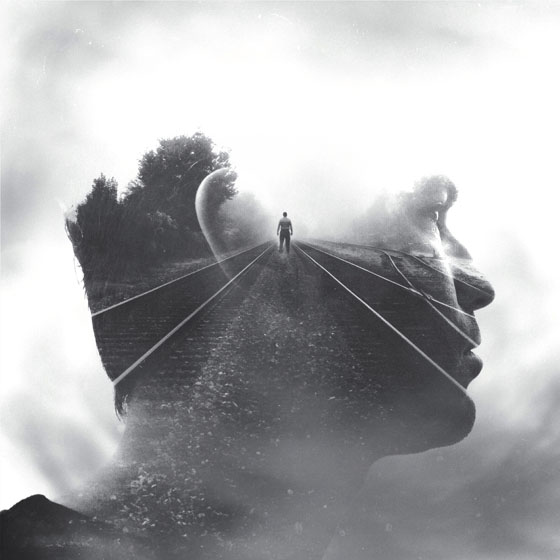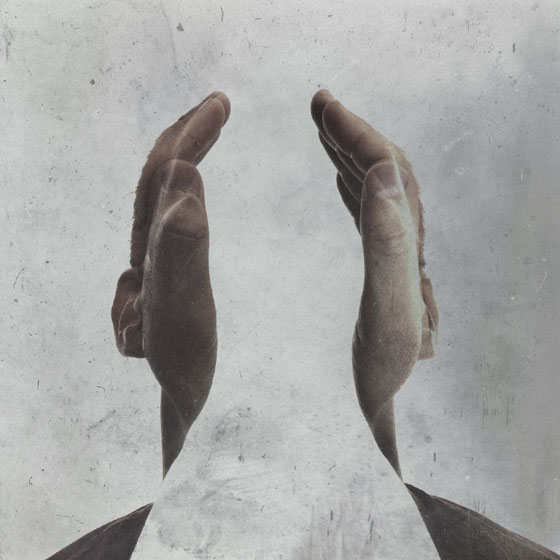Final piece
Photographer Brandon Kidwell inspired my final, his creative double exposures show a combination of man and nature working together to create an amazing compositions.



I decided to create an analogue double exposure for my final piece, I feel a double exposure is the most basic way to manipulate film. The final result turned out really well, both exposures are visible in the image and the composition has worked really well. My final piece portrays one of the most basic ways of manipulating film to create beautiful, yet surreal results. To improve my final pieces I could experiment with coloured film to see the difference between the results.
This idea strays from my original idea, I wanted to broaden the idea of cameraless photography to include other analogue techniques. I feel my final represents my idea as it shows the manipulation of film, which cameraless photography is based on.
This idea strays from my original idea, I wanted to broaden the idea of cameraless photography to include other analogue techniques. I feel my final represents my idea as it shows the manipulation of film, which cameraless photography is based on.
These are other pictures from the photo shoot that I didn't decide to use as a final piece but turned out really nicely:














































